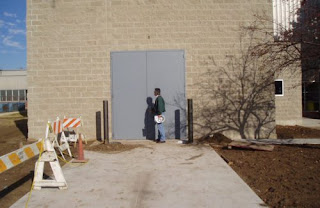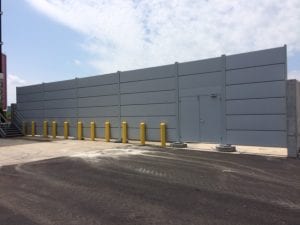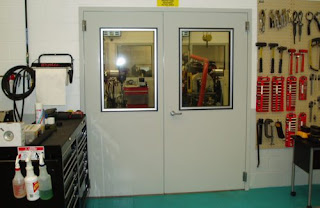Noise- How it hurts and how we can prevent it
Though its presence is unaddressed for several years, noise is now identified as a substantial health problem. Environmental noise is undesired or dangerous outdoor sound created by human activities, including noise emitted through transport, rail traffic, road traffic, air traffic and from sites of industrial activity. From air conditioners to delivery trucks, we are constantly attacked by sounds that go unnoticed in most cases. To control this kind of issue, you need a noise reduction wall in your home.
Those associated with the more apparent noise sources like shooting sports, airports, manufacturing or even musical concerts have been known for the harmful effect of extreme noise levels on long-term hearing. Just lately, nonetheless, has environmental noise been comprehensively researched for its impact on our physical and mental health, and the findings will perplex you. This has led to the growing demand of window sound barrier products in many homes.
Noise intensity is measured in decibel units. The decibel scale is logarithmic. Every 10 decibel causes a tenfold increase in noise intensity. Human perception about loudness is also measured on a logarithmic scale. All these aspects are taken into consideration while construction a recording studio window.
Walls have STC ratings of 30 or more which implies that less than 1 percent of the noise energy is transmitted through the barrier material. A good sound wall is a sound absorbing wall with a STC rating of 30 or more and a minimum NRC rating of 8. Is a noise wall the best solution for every application? Definitely not! There are efficient mitigation tools for any situation, right from ceiling tiles to earplugs. But for many outdoor applications like manufacturing, traffic, compressor and commercial retail noise, nothing outperforms a well-designed and effective absorptive sound wall.




Comments
Post a Comment